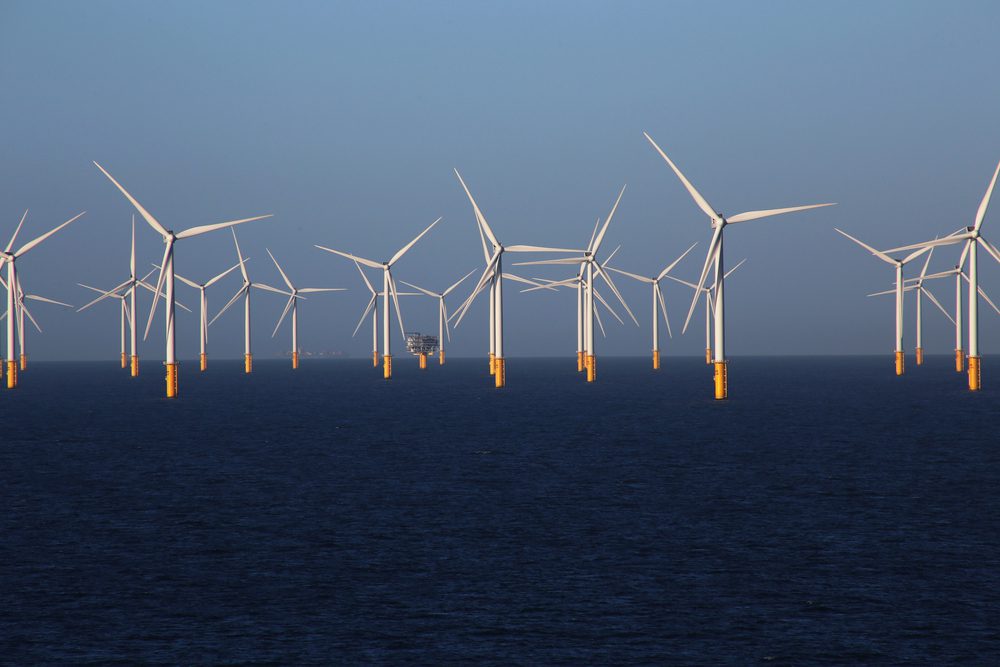By Andres Guerra Luz (Bloomberg) —
Oil surpassed $50 a barrel as Saudi Arabia pledged to voluntarily cut output by an extra 1 million barrels a day from next month, while most of the OPEC+ alliance agreed to hold output steady.
Futures in New York accelerated gains, rising as much as 5.3%, to top $50 a barrel for the first time since February. OPEC+ reached an agreement after two days of talks to curb supply over the next two months, with Saudi Arabia carrying much of the extra burden of the cuts. Other producers will hold supply steady or make a small increase, delegates said. Russia and Kazakhstan will be allowed to boost output by a combined 75,000 barrels a day in both February and March.
Saudi Arabia’s unilateral cut is “a groundbreaking statement that shows the oil giant is not only ready to bite the bullet and keep taps tight, but it also recognizes the short-term demand risk and is ready to protect its export prices by tightening supply,” said Bjornar Tonhaugen, head of oil markets at Rystad Energy.
The rally was also showing up in the structure of the oil futures curve. The Brent market’s nearest timespread surged into a bullish backwardation structure, indicating tight supplies. At the same time, WTI for December 2021 was trading at a premium of more than $2 to the same contract a year ahead.
OPEC+ faces a complex demand outlook as the group decides how to move forward with its output plan month by month. There are signs that parts of the world’s economies are staging a comeback, with a measure of U.S. manufacturing expanding last month at the fastest pace since 2018. But other areas of the demand recovery that had seemed constant are showing some signs of wavering.
Several Asian refiners won’t be getting into long-term supply contracts for fuel sales this year, a sign the region’s energy consumption recovery is far from certain, although a cold snap in the Northern Hemisphere is aiding demand for heating fuels.
“Raising production while many key regions enter renewed lockdowns was a tough sell for Russia but at the same time holding back production at these price levels will be just as difficult,” said Ryan Fitzmaurice, commodities strategist at Rabobank. “The higher prices go, the harder it will be for financially weaker OPEC+ nations to comply.”
Prices
- West Texas Intermediate for February delivery rose $2.49 to $50.11 a barrel at 1:13 p.m. in New York
- Brent for March settlement gained $2.53 to $53.62 a barrel
The OPEC+ agreement will see the alliance cut 7.125 million barrels a day in February and 7.05 million barrels a day in March, according to a draft communique. Saudi Arabia is offering to make additional voluntary oil-output cuts in excess of 400,000 barrels a day for February and March, according to a delegate.
In the U.S., expectations are for crude inventories to fall this week following three straight weeks of declines, according to a Bloomberg survey. The industry-funded American Petroleum Institute reports its figures later Tuesday ahead of U.S. government data on Wednesday.
“We’re basically at pre-Covid price levels now,” said Bob Yawger, head of the futures division at Mizuho Securities. “You’re probably going to get some new speculators to jump in, who were just waiting for that big whole number to be breached.”
–With assistance from Sheela Tobben and Alex Longley.
© 2021 Bloomberg L.P.

 Join The Club
Join The Club











